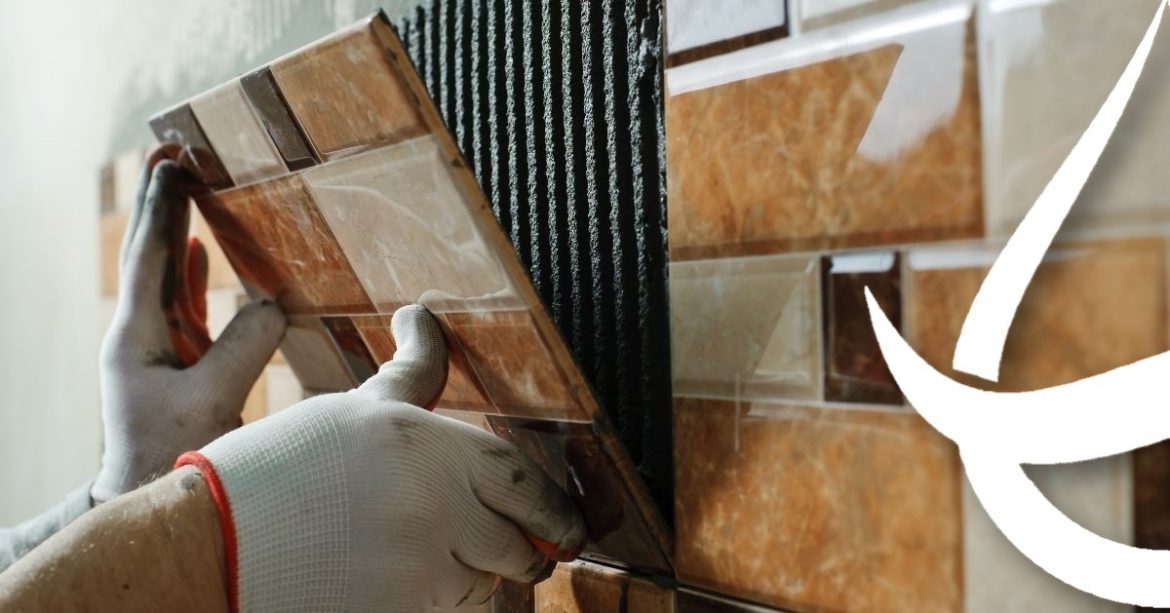Hydrofluoric acid (HF)
Fluorine compounds have become essential ingredients in the ceramics industry due to their unique properties and various applications. One of the commonly used compounds is hydrofluoric acid (HF), which is employed in the manufacturing process of ceramics. HF acts as a powerful etchant, capable of removing oxide layers from the ceramic surface, ensuring proper adhesion of glazes and coatings. This compound is also used as a cleaning agent, as it can effectively dissolve impurities and contaminants from ceramic components before further processing.
Sodium fluoride (NaF)
Another important fluorine compound used in the ceramics industry is sodium fluoride (NaF). NaF is primarily employed as a fluxing agent during the firing process of ceramics. It helps lower the melting point of the ceramic materials, thereby enhancing their flow and improving the overall quality of the final products. NaF also plays a crucial role in glass production, as it increases the durability and stability of the glass-ceramic composite, making it suitable for various applications.
Sodium fluoroaluminate (Na3AlF6)
Fluorosilicates, such as sodium fluoroaluminate (Na3AlF6), are widely used in the ceramics industry as opacifiers. These compounds have the ability to scatter light, creating a white or opaque appearance in ceramics. This property is crucial in the production of ceramic products such as porcelain and stoneware, as it enhances their visual appeal and decorative qualities. Additionally, fluorosilicates can also improve the strength and hardness of ceramics, making them more resistant to wear and tear.
Hexafluorosilicic acid (H2SiF6)
Hexafluorosilicic acid (H2SiF6) is another fluorine compound used in the ceramics industry. This compound is commonly employed as a surface treatment for ceramics, providing them with enhanced hydrophobic properties. By using hexafluorosilicic acid, ceramic surfaces become water repellent, preventing water absorption and reducing the chance of surface staining or damage. This treatment is particularly beneficial for ceramic products used in outdoor environments or in contact with liquids.
Fluoropolymers
Fluoropolymers, such as polytetrafluoroethylene (PTFE), are also utilized in the ceramics industry. PTFE is a non-stick coating that is often applied to ceramic components, forming a protective layer that reduces friction and prevents staining or adhesion of substances. This compound is commonly used in the production of non-stick cookware, ensuring easy food release and making cleaning a breeze. PTFE coatings on ceramic surfaces also provide excellent resistance to chemicals, making them suitable for industrial applications.
Sodium alumina fluorides (Na3AlF6) and cryolite (Na3AlF6 · 3H2O)
Fluorine compounds are also employed in the production of refractory ceramics, which are materials specifically designed to withstand high temperatures and harsh conditions. Sodium alumina fluorides (Na3AlF6) and cryolite (Na3AlF6 · 3H2O) are commonly utilized in the manufacturing of these refractory ceramics. These compounds act as fluxing agents, lowering the melting point of the ceramic materials and enhancing their ability to resist thermal shock. They also improve the mechanical strength and abrasion resistance of refractory ceramics, making them ideal for applications in industries such as metallurgy and construction.
In conclusion, fluorine compounds play a crucial role in the ceramics industry, providing unique properties and various applications. From etching and cleaning agents like hydrofluoric acid and sodium fluoride, to opacifiers such as fluorosilicates, these compounds contribute to the visual appeal and performance of ceramic products. Additionally, surface treatments using compounds like hexafluorosilicic acid and non-stick coatings of fluoropolymers provide enhanced functionality and durability. Lastly, fluorine compounds are also employed in the production of refractory ceramics, ensuring their ability to withstand high temperatures and harsh conditions. Overall, the use of fluorine compounds in the ceramics industry has revolutionized the manufacturing process and improved the quality and performance of ceramic products.







